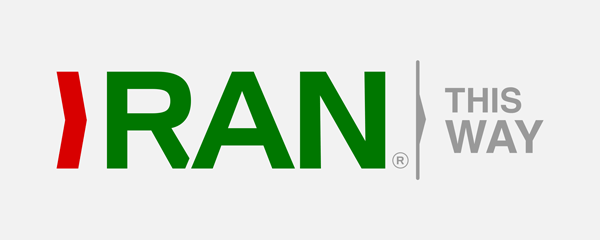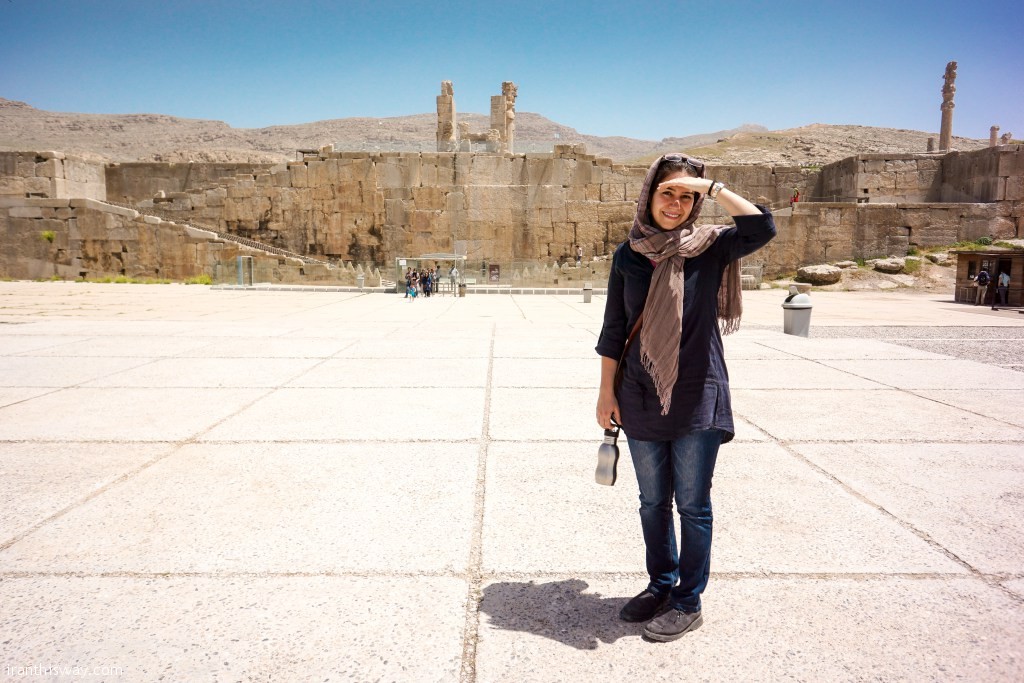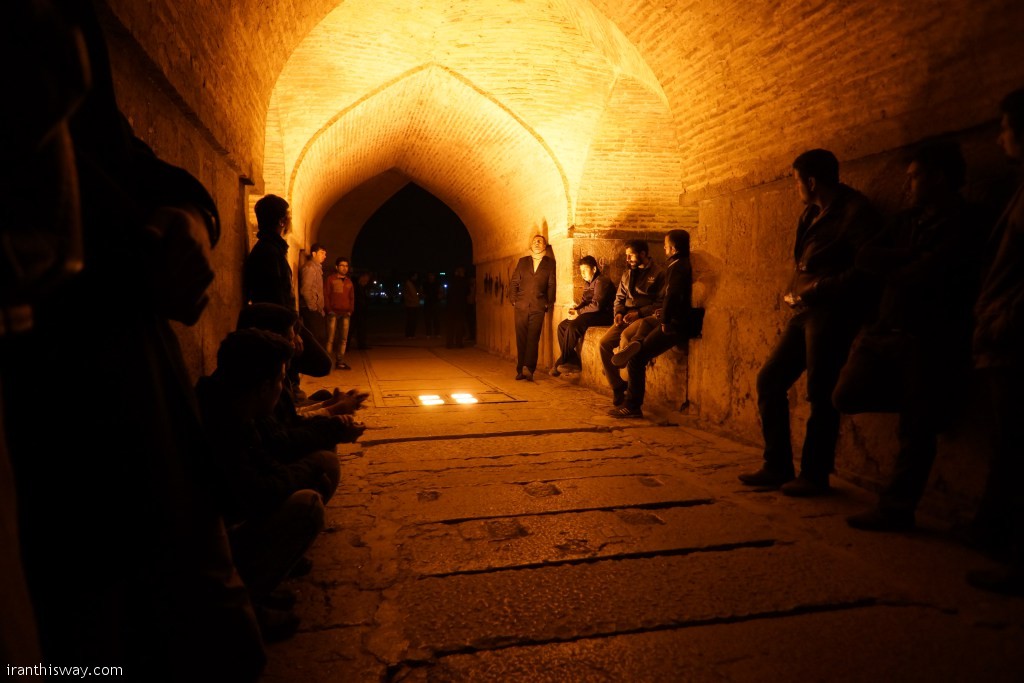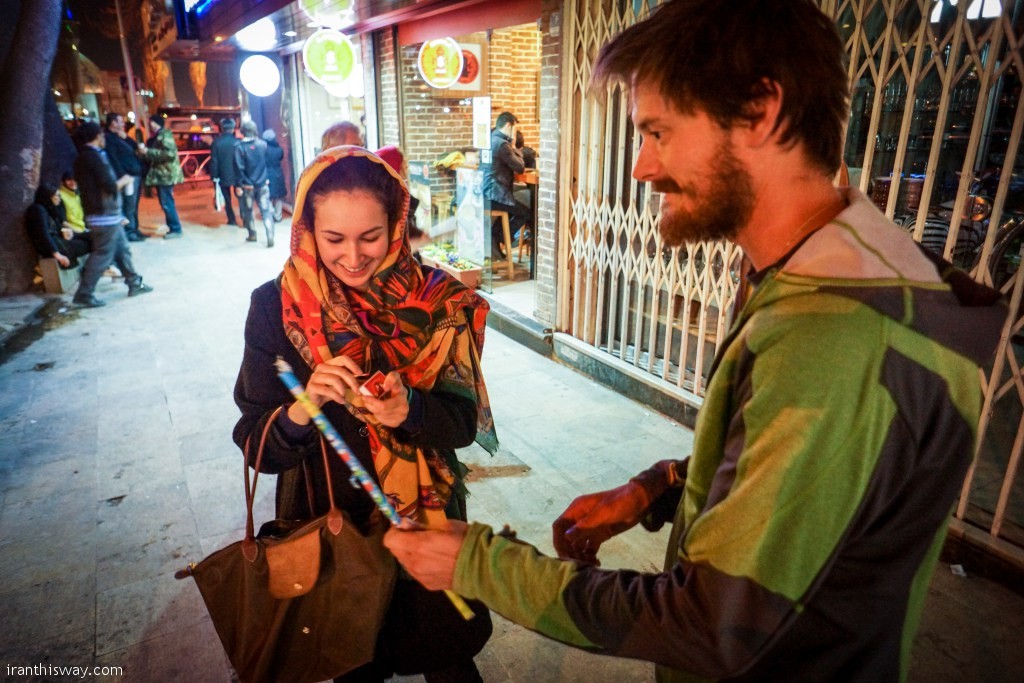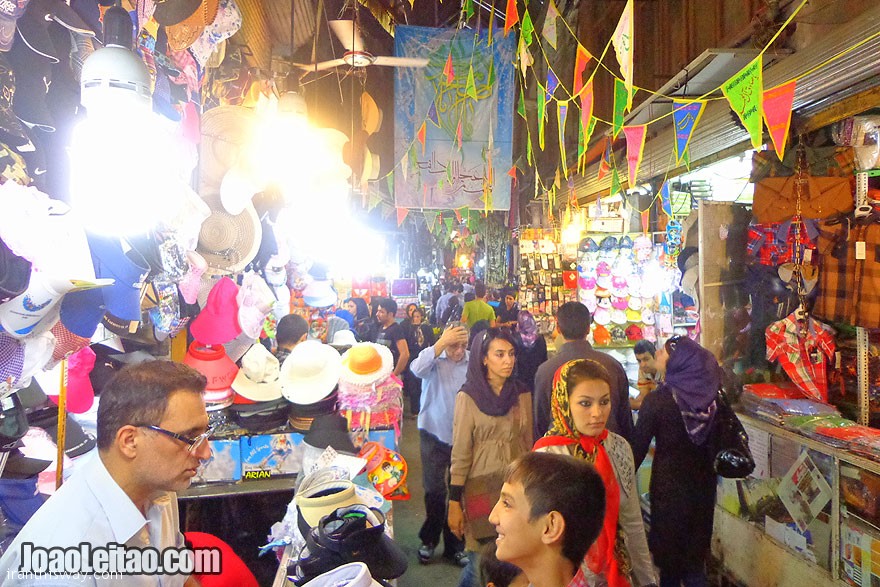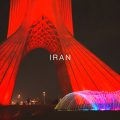By Tom Allen : It’s really, really lovely to hear this reaction from viewers of Karun. It is exactly the reaction I’d hoped for, ever since my idea to make a travel documentary in Iran was born.
Best of all, it is a natural reaction.
We designed the adventure loosely to let Iran and the Iranians we met speak for themselves. They did. That’s what’s elicits the “wow”.
However, it is possible that by waiting so long (I’ve been visiting Iran annually since 2008) and then investing so much time in making the film (nearly two years at the time of writing), I may actually have missed my own boat.
The aim with Karun was always to try and paint a more nuanced portrait of this misunderstood nation, and to make it feel like a viable destination for travel. Following the longest river in the country was just an excuse. But in the 18 months or so between our journey and the film’s launch, it seems Iran has already become such a destination.
I don’t quite know how it happened, but the pioneers of the adventure travel industry, sniffing the wind, had been way ahead of the game, ensuring that the moment Iran became ‘safe’ – as it has this year, according to the ever-reliable FCO travel advice page – there was an offer on the table. Indeed, I remember suggesting Iran to one particular operator after returning from the Karun trip. Their first expedition to the country departed last month.
And the mainstream is catching up. Only last week there was a travel industry event in London on the topic of exploiting Iran’s potential as a destination. Wanderlust’s latest issue features a lengthy piece on Iran. An editor I spoke to at a travel publishing house is working through a dozen book proposals set in the country.
And every major broadsheet (or former broadsheet) in the UK has published, during 2015, at least one lengthy feature on Iran as the next big travel destination. Witness correspondents from The Times, The Telegraph, The Guardian and The Independent all attempting to be seen as breaking new ground by visiting a 6,000-year-old civilization. (OK, Chris used to live there, but you know what I mean.)
Even the Daily Mail has followed suit (obviously this link implies no endorsement), which is, as we all know, the best possible measure of mainstream British sentiment there is.
Part of it is undoubtedly what the media have cast as a ‘thawing of relations’ between Iran and the West. The widely-propagated narrative has been one in which the mardy mullahs, having suffered for years under sanctions imposed by austere Western diplomats, finally decide to sit down over a glass of chay and come to a compromise over the small question of nuclear weapons (which, as we all know, only Western powers have ever been trustworthy enough keep pointed at their neighbours). Another righteous victory for the West; this time, somewhat surprisingly, without resorting to bombing the shit out of another Middle Eastern nation.
I digress. The point is that, by the time our film was released, Iran’s image had already softened.
And several things happened upon the prospect of such a historic kiss-and-make-up between Rouhani and Obama. One was that rich businessmen immediately jumped in their private jets and flew to Tehran in order to see how they might profit from the imminent opening-up of yet another new market. Another was that travellers (and travel journalists) started wondering whether imminent political reconciliation meant that it was suddenly viable to travel to Iran.
Putting aside the questionable logic of two presidents ‘phoning each other having the slightest impact upon the likelihood of being obliterated while taking a selfie outside the gates of Persepolis (which tourists have been continuing to do uninterrupted for centuries), it is wonderful that Iran has started to become ‘a destination’ in the minds of more of us.
And Karun will no doubt feed into this mood-swing in favour of revisiting our long-lost Persian friends.
This is all part of a bigger story, of course, which is that of Iran’s imminent reintegration into global society; a story that goes beyond the remits of newspaper travel sections, all-too-often so sickeningly colonial in tone; and of international affairs correspondents whose agenda is set solely in terms of the nuclear narrative. And this bigger story is one I’m much closer to, given that I’m married to a native Tehrani.
From this perspective, the opening-up of Iran has bugger all to do with Western tourists and the non-existent nuclear weapons programme; and everything to do with the lifting of pressure from the shoulders of ordinary Iranians – pressure which, I hardly need add, has been put there deliberately by foreign powers (including our own government) as a way of blackmailing Iran’s politicians to bend the knee Westwards.
When it costs you a tenner to send a single Christmas card abroad; when you’re afraid to take a domestic flight because you know the plane manufacturer isn’t allowed to sell you spare parts; when you can never take a foreign holiday because the money you earn is worthless and every visa application you make is rejected without explanation anyway – that’s what our politicians have been inflicting upon my mother-in-law, my father-in-law, their extended family, my friends in the country, and 80 million other ordinary Iranians, for years.
It’s these pressures that I can’t wait to see lifted. It’s for the sake of people close to me and those I can identify with. I honestly don’t care if it means that I won’t be able to travel comfortably in Iran on £50 a week because the rial is stronger, or that everyone I meet on the street doesn’t immediately drag me – no longer the first Brit they’ve met in years – back to their home for tea/kebab/stay the night/stay another night/marry my daughter.
Altogether, there’s little doubt that the seed now planted – barring something major happening to turn the tables once again – will see ever increasing numbers of travellers to the Islamic Republic, particularly when the visa regime is loosened, as it inevitably will be (by the way, you’ll need to ask The Visa Machine, not me, for the latest news on this).
Of course, with the territory comes the Smug Traveller with something new to brag about – “Really? Well, when I was travelling in Iran…”
And the equally irritating Superior Traveller – “Yeah, Iran’s so popular now… such a shame…” – a sigh, a wistful gaze into the middle distance as memories of when Iran was actually worth visiting come flooding back. (Diddums.)
Yes, things are going to change. Iranians are going to become accustomed to increasing numbers of tourists appearing on their streets, at their historical sites, in their hotels and restaurants. The rial will strengthen, and the cost of travel to the foreigner will increase from embarrassingly cheap to something approaching respectable. And the novelty of being a foreigner in Iran is likely to become a thing of the past.
But you know what? That is the way forward. The day we can travel anywhere on Earth, be momentarily intrigued by those minor cultural differences that breathe fresh air into our experience of life, and then look our fellow humans in the eye and know that we are more or less the same, rather than being aliens to each other; that we share equally the planet we wander, rather than one of us being born free and rich and the other not – that is the day we will have achieved something of which today’s patterns of travel are just an embryonic smudge.
In any case, come 2016, somewhere else will be populating the newspapers’ travel sections as the Next Big Thing…
